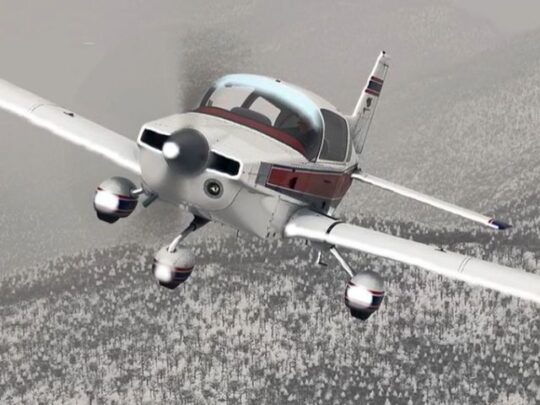Subscriber question:
"How about discussing emergency landings with split flaps?" — Glenn L.
Bob:

“This is a relatively rare condition, where one flap deploys while the other remains in a retracted position. It’s probably indicated by a rolling or a yawing condition.
A good rule of thumb is to reverse whatever action caused the condition you’re experiencing. In this case, this means retracting the flaps and planning for a no-flap landing. It’s easier to perform a no-flap landing than contending with a split-flap condition.
Remember though that a no-flap landing requires a higher approach speed due to the higher stall speed with flaps retracted. Be sure to stay current with no-flap landings.
If you have to land with a split-flap condition, perhaps because they won’t retract for some reason, you’ll also need to use a higher landing speed since one wing will be actually performing a no-flap landing. However, the split-flap condition can cause control problems, especially in a crosswind.
In the event that the flaps can’t be retracted and there’s a crosswind, do not attempt to land with a crosswind from the side with the deployed flap. You will need to deflect the aileron toward the side with the deployed flap and may not have anything extra available to deal with the crosswind.
Be familiar with the pilot operating manual for your aircraft and utilize any procedures listed.”
When was the last time you practiced a no-flap landing?

